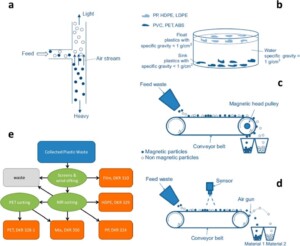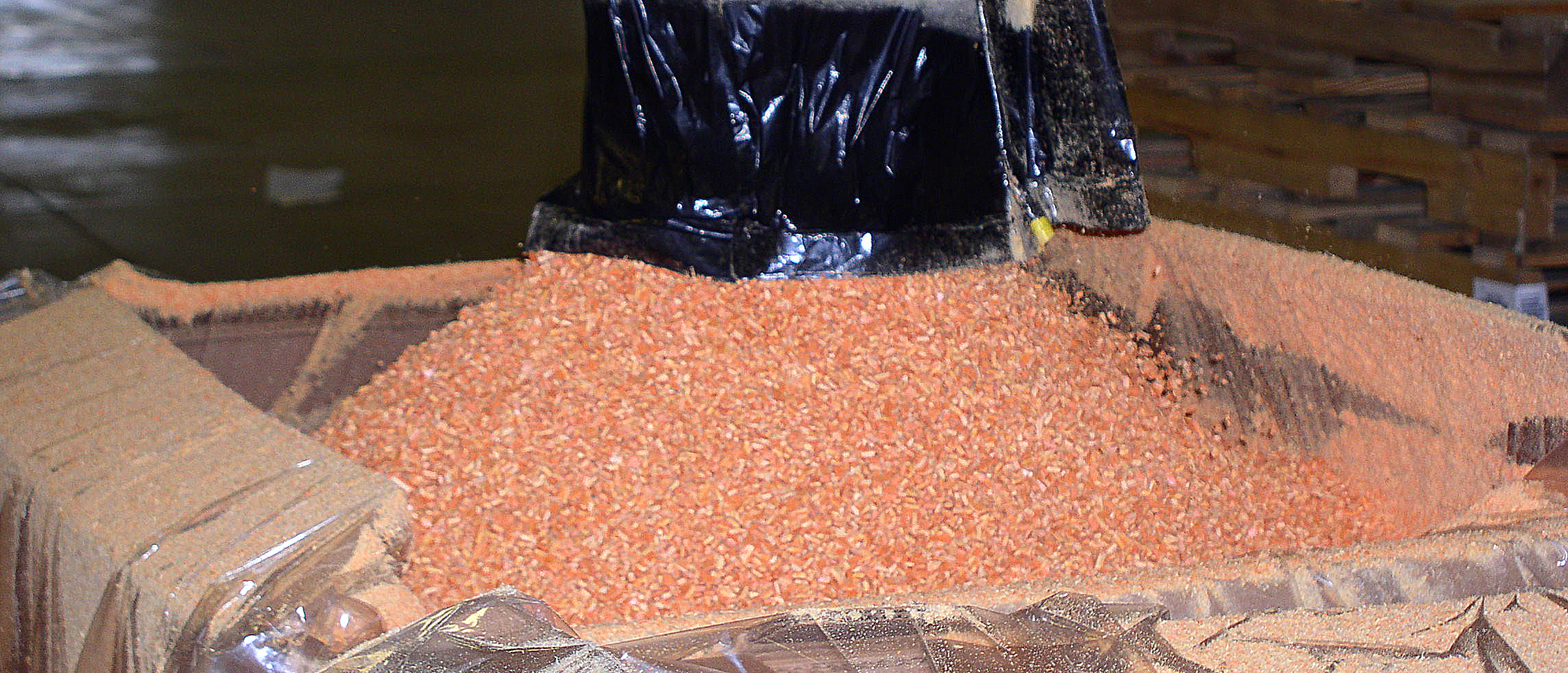This website uses cookies so that we can provide you with the best user experience possible. Cookie information is stored in your browser and performs functions such as recognising you when you return to our website and helping our team to understand which sections of the website you find most interesting and useful.
News
Leaving No PVC Behind – How the Vinyl Industry Works to Divert Material from Landfills
Part 1 – Mechanical Recycling
Companies in every industry are working to lower their environmental impact and divert as much waste from landfills as possible, and the vinyl industry is no different. Contrary to what some may believe, there are a handful of ways to recycle PVC safely and ensure the material doesn’t end up in a landfill. These methods are being actively employed worldwide to great effect, diverting over a billion pounds of PVC waste annually (in the U.S. and Canada alone).
However, the industry has no plans to sit on its hands and be happy with the status quo. We are actively working on innovative ways to increase this number and, in the end, leave no PVC behind. This series will highlight the different methods currently being used, as well as shed light on others that are being researched and rolled out around the world.
Mechanical Recycling – Where do the Materials Come From?
To first understand how mechanical recycling works, it’s essential to understand where the material comes from. There are rigid and flexible PVC products, with the latter’s flexibility resulting from added plasticizers. An example of flexible PVC would be telecommunications wire, pool liners, and hoses. Conversely, rigid PVC products include pipes, building siding, and window frames. The existence of additives like plasticizers makes it necessary to separate these different types of PVC when recycling, as a product manufacturer wouldn’t want to get recycled flexible PVC when they’re trying to produce rigid pipe.
How Does it Work?
Now that we understand where the products come from, let’s discuss exactly how mechanical recycling works. As the name implies, recovered PVC is processed mechanically – meaning it is ground, crushed, pulverized, or whatever other adjective to describe breaking down the larger object into small particles you prefer.
Once broken down into smaller particles, known as granulate, the process of sorting the material begins. This phase is the largest hurdle for PVC recycling, as it can be difficult to separate the different materials and compounds if the object’s composition isn’t known intimately. However, advancements in chemical recycling are making this process easier and more useful in real-world applications – but more on this in part two of this series.
The sorting process involves a handful of methods and steps. One such way is by utilizing float tanks to separate materials by density – with heavier materials settling at the bottom and lighter materials floating. Another method is to use a conveyor belt and infrared detector to identify the plastic, then use an actuator or an air jet to properly sort. A simpler method is to use a tool like a sieve, which separates larger materials like glass and metal from the more fine, granulated PVC. The figure below gives a visual to help understand how these (and other) methods work.

Source: Managing Plastic Waste─Sorting, Recycling, Disposal, and Product Redesign Jean-Paul Lange ACS Sustainable Chemistry & Engineering 2021 9 (47), 15722-15738 DOI: 10.1021/acssuschemeng.1c05013
Once the crushed material has been properly separated, recyclers must then ensure the PVC has no further contaminants, as these sorted plastics may not be ready for re-processing. This is done by washing the material either with hot or cold water and typically with the aid of caustic agents. Finally, after crushing, separating, and washing – the recycled PVC can be melted down and is finally ready to be reused in future products.
How is this Recycled PVC Used?
Once melted down, the recycled material can be re-integrated into future PVC products. However, as alluded to earlier – you cannot mix recycled rigid PVC with recycled flexible PVC. Rigid PVC will be able to create more pipe, roofing, or siding – but wouldn’t be added to a wire or pool liner, as the material’s properties are different. Recycled flexible material will be added to future flexible products, like the aforementioned wire – but beyond that, it can be included in footwear, traffic cones, and a litany of other products, all with no decrease in quality.
What’s Next?
Mechanical recycling is a huge part of the PVC recycling ecosystem. The vast majority of recycled PVC is done mechanically, and no change is coming anytime soon. That said, mechanical recycling can only divert so much waste from landfills.
This is why increasing investment in chemical recycling is so important. Chemical recycling can work in tandem with mechanical to ensure that the most amount of PVC is being recycled and re-integrated into product streams. In our next installment of this series, we will give an overview of chemical recycling and how it is being used to increase PVC recycling and the circularity of the industry.


